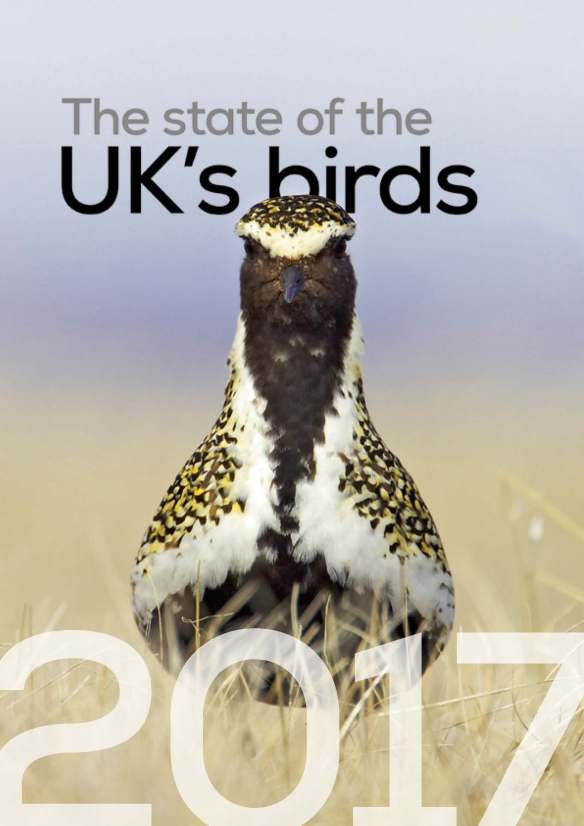
Flieur (grey over blue leg rings) a four year old female chough. Photo by Elin Cunningham
by Liz Corry
It was a wet and windy start to 2018 with storms Eleanor, Fionn, David, and Georgina all battering Jersey within a span of 24 days. Not surprisingly then, there is little to report in terms of chough antics. Even less in the way of photos since cameras were kept locked away in the dry.
Storm damage
Wind speeds, rarely falling below F8 throughout January, took their toll on the aviary. The poly-tunnel netting suffered the most. Constant rubbing along the metal poles wore down the threads and cable ties snapped. In some areas joins in the netting opened up or came away from the wooden frame and overnight a large split in the middle of the poly-tunnel appeared. Obviously reducing the effectiveness of trapping birds in the aviary if we had a need to do so. An ostrich could escape from that, never mind a chough!

Netting ripped open and posts broken as storm after storm pounded the aviary. Photo by Liz Corry.
Easily rectified by sewing and patching with extra netting, the tricky part was finding a day when weather conditions permitted use of a ladder for the harder to reach areas. Other damage has or will take longer to repair. Again this is because we are reliant on weather conditions favouring truck access to the site to take new timber and scaffolding.
As exemplified by this little incident on the one day it didn’t rain…

Toby from Ronez Quarry answered the chough SOS after the student’s 4WD failed miserably. Photo by Elin Cunningham.
Yes we did have 4WD on. No it obviously wasn’t working and we are eternally grateful to staff at Ronez Quarry.
My aviary and other animals
The aviary still functions as a supplemental feed station and roost site. As mentioned in past monthlies it is favoured by other wildlife. We probably have the complete compliment of Jersey’s small mammals visiting the aviary. This has pros and cons depending on your viewpoint. The owls and kestrels are very much in the ‘pro’ camp.
One afternoon our volunteer was shocked to find an owl flying around inside the aviary. As were the choughs! Normally we just find pellets. Earlier this month we thought we had stumbled upon a lost Damien Hirst masterpiece. Turns out it was just the neatly displayed insides of a rat.
We have also managed to film the culprit responsible for the defecation and destruction found in the keeper porch. Measures are underway to deter this behaviour.
We are experiencing problems using camera traps. A lot of the time they failed to even record chough activity. Fingers crossed we get more footage of the owl(s) if it or they return.

Camera trap photo taken at dawn of the choughs who chose to roost at the aviary.
Sign of the times
Despite the wind and rain the chough pairings are still clear to see. We are not far away from the time of year that the pairs start nesting. We are keeping a close eye on the existing pairs as well as the blossoming ones. Our two trios from last year will or have changed.
The death of Egg has forced Dusty to consider whether he becomes closer with Chickay or ditches her and starts afresh. Our young trio of Pyrrho and two wild siblings remains a close friendship. Pyrrho wants more. Will the young male feel the same this year now he is a year older with his hormones beginning to kick in?

Pyrrho (right) with her young male. Photo by Elin Cunningham
Who ewe looking at?
Apologies, but how else to entitle this section? The sheep are still confined to the field adjacent to the aviary. They started to take a keen interest in the grass surrounding the aviary but weren’t invited in! They have now been partitioned off to the next field. The choughs, however, make the most of the sheep’s field and the soil, dung, and hay there teeming with invertebrates.

The grass IS greener. Photo by Liz Corry.
The field gates are currently padlocked if you are to go and visit. Please be respectful of the sheep whilst they are up there: they are very friendly, but spook easily which tends to result in Usain Bolt sprints in all directions.
Advances in aviary design
Finally this month we have to thank John Corder, a follower of the monthly report, who answered a plea in December’s report. I had asked if anyone had suggestions for a more efficient way of building and operating release hatches. John linked us to a presentation made at the Association of Zoos and Aquariums 2016 conference describing the use of remote bird traps. These homemade traps incorporate remote central-locking systems used in cars and run off a 12v battery. A quick visit to eBay and a local hardware store soon had me set up to finally put my A-level in Technology to good use. The kit cost around £30. All that is needed now is to find a way of making it weather-proof and workable at Sorel. We hope to test this out in our zoo aviary first. Many thanks to John once again.

Efficient release hatches? We think not! Photo by Elin Cunningham








 by Liz Corry
by Liz Corry













 From
From 

 Just published, the latest
Just published, the latest 


 From
From 




